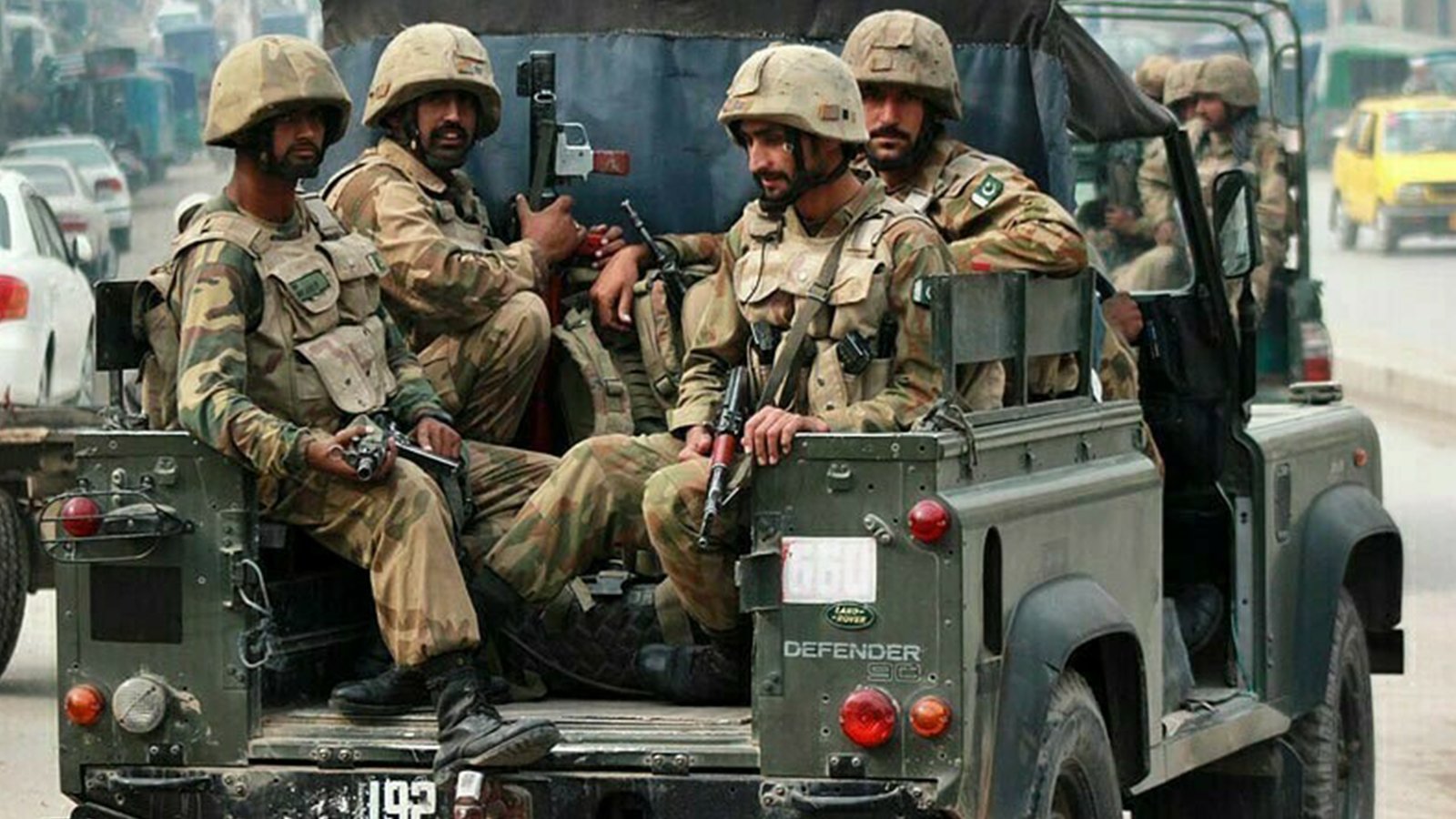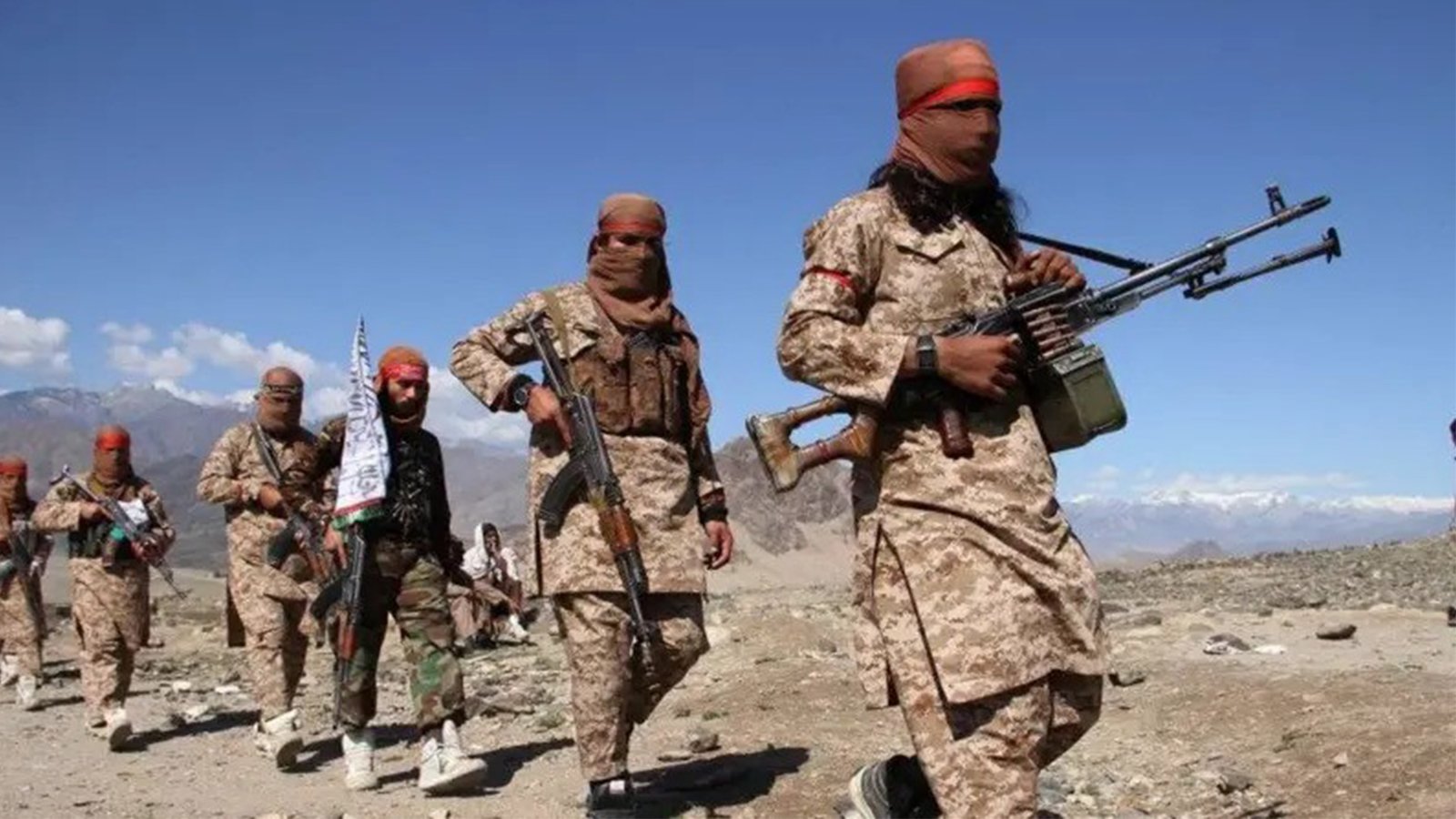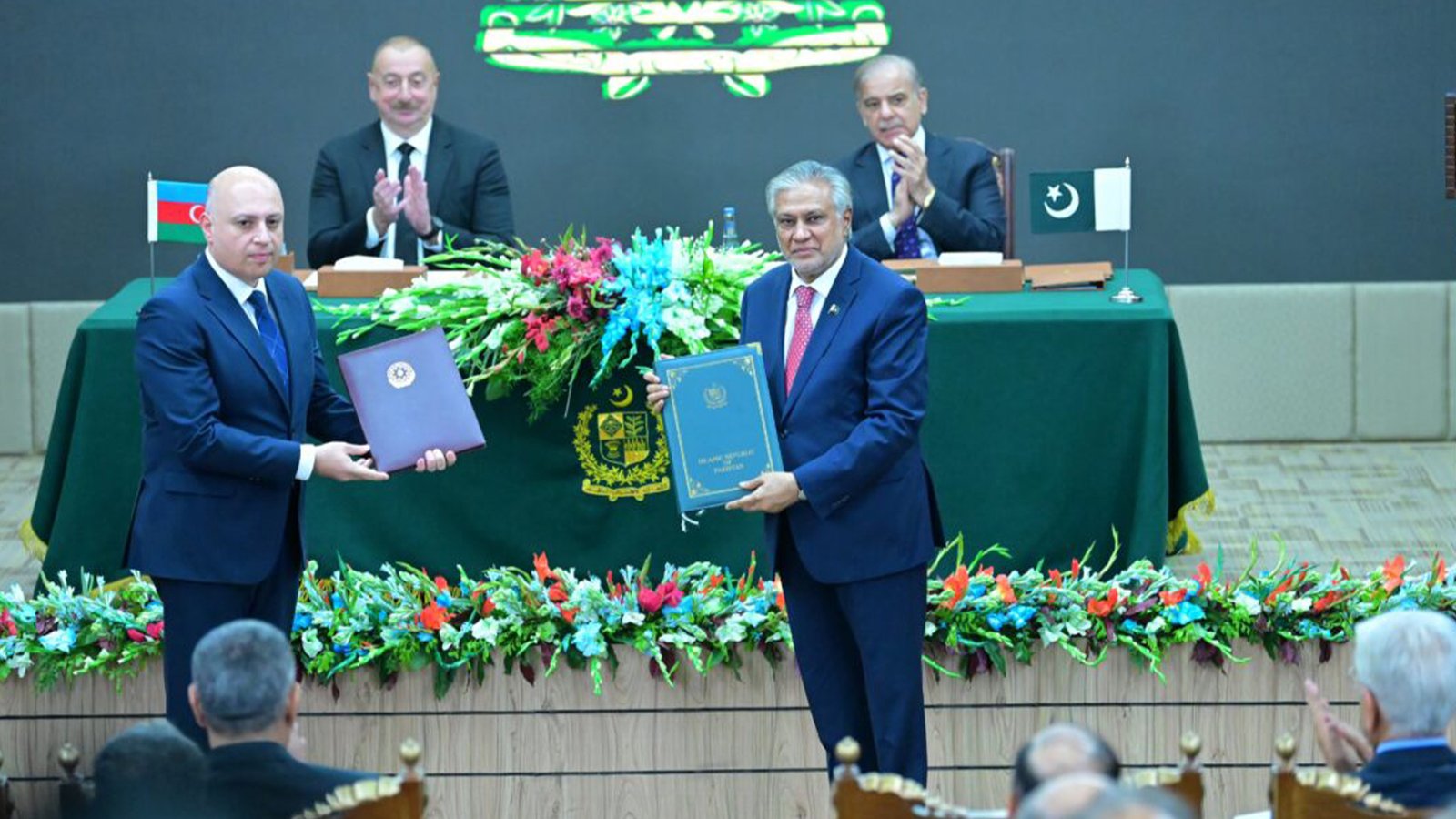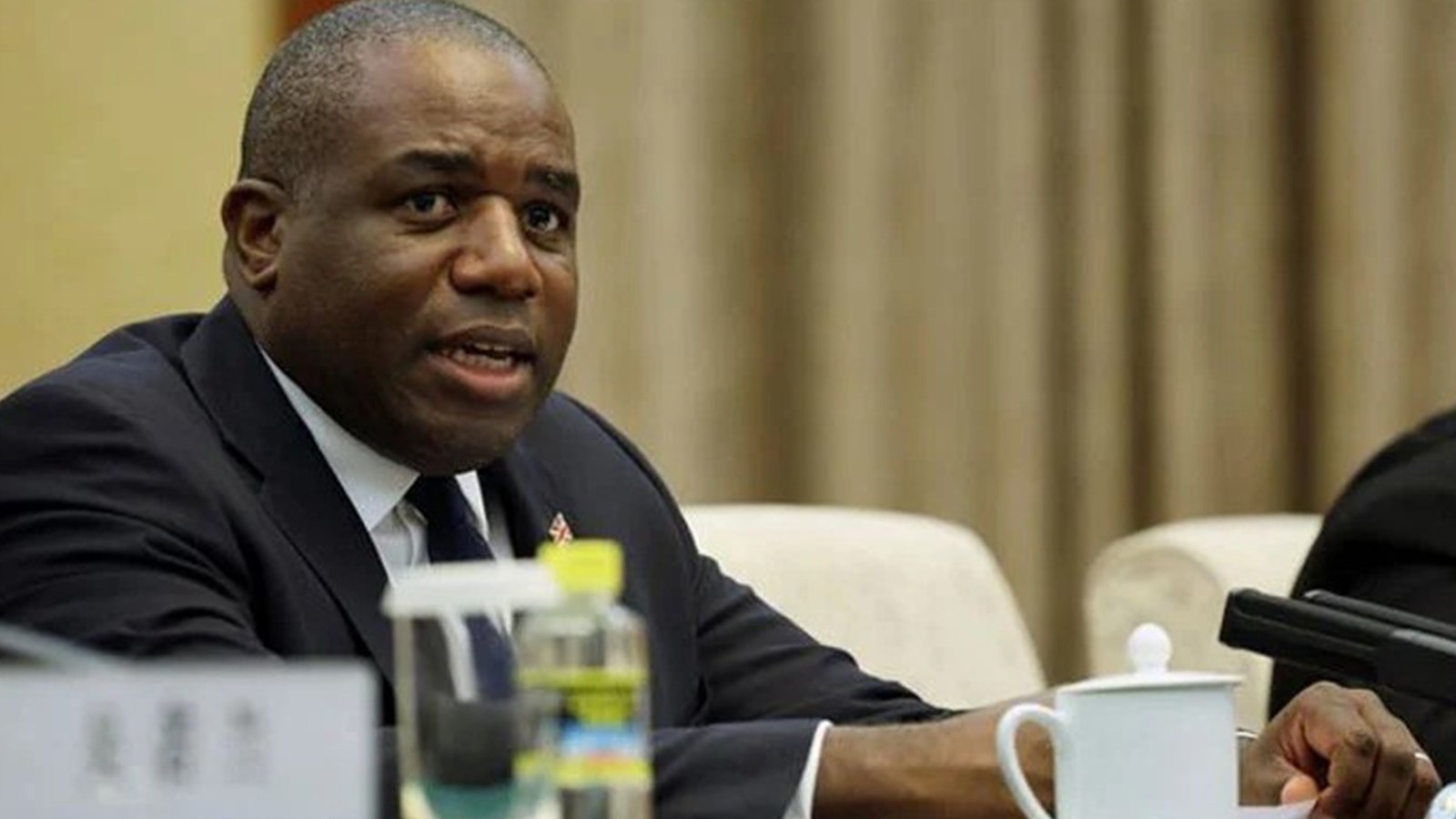A Timeline of Deadly Nuclear Accidents
Explore a timeline of deadly nuclear accidents throughout history, from Three Mile Island to Chornobyl and Fukushima. Learn about the causes, consequences, and ongoing impacts of these catastrophic events.
1945: Hiroshima and Nagasaki bombings (Japan)
Impact: Over 200,000 deaths and long-term health effects from radiation exposure.
1957: Mayak nuclear waste storage tank explosion (Soviet Union)
Impact: The explosion released radioactive contamination, which affected the surrounding area, including the release of radioactive materials into the nearby river. An estimated 10,000 people were exposed to high levels of radiation, and many were evacuated.
1957: The Windscale fire occurs at the Windscale nuclear reactor in the UK, resulting in the release of radioactive material into the environment.
1979: Three Mile Island partial meltdown (United States)
Impact: While no injuries or deaths occurred as a direct result of the accident, it caused widespread concern about the safety of nuclear power plants and led to changes in safety regulations.
1986: Chornobyl disaster (Soviet Union)
Impact: The explosion and subsequent fire released large amounts of radioactive material into the environment, resulting in the evacuation and resettlement of over 350,000 people, and an increase in cancer rates in the surrounding area.
2011: Fukushima Daiichi nuclear disaster (Japan)
Impact: The Great East Japan Earthquake and tsunami caused a meltdown of three of the plant’s six nuclear reactors, resulting in radiation leaks and contamination of the surrounding area. The incident caused the evacuation of over 150,000 people, and the long-term impact on public health is still being studied.
2010: Mayapuri Radiological Accident (India)
Impact: One person died and several others were injured due to radiation exposure after a gamma radiation source was found in scrap metal and sold to a scrap dealer who then dismantled it.
2009: Jaduguda Uranium Mine Leakage (India)
Impact: A leak of radioactive slurry affected the health of workers and the local population.
2005: Tarapur Atomic Power Station heavy water leak (India)
Impact: Two workers died due to radiation exposure after a heavy water leak at the Tarapur Atomic Power Station in Maharashtra.
1980: Saint-Laurent fire (France)
Impact: A fire at the Saint-Laurent nuclear power plant caused the release of radioactive gases and the evacuation of the plant. No injuries or deaths were reported.
1999: Blayais Nuclear Power Plant flood (France)
Impact: A flood caused by a storm resulted in the loss of offsite power to the Blayais Nuclear Power Plant and a shutdown of the plant’s cooling system. Although no radioactive releases occurred, the incident raised concerns about the vulnerability of nuclear plants to extreme weather events.
2011: Fort Calhoun Nuclear Generating Station flood (United States)
Impact: The Fort Calhoun Nuclear Generating Station in Nebraska was surrounded by floodwaters after the nearby Missouri River overflowed its banks. Although the plant was shut down, there was concern about the potential impact of the flood on the plant’s safety systems. No radioactive releases were reported.
Latest Article: Budget History of Pakistan’s First Ten Years
In recent years, there have been incidents involving nuclear material in India, France, and the United States, which highlight the ongoing risk of nuclear accidents worldwide. While Pakistan has not experienced a major nuclear accident to date, it is crucial for the world to prioritize safety measures and be vigilant in ensuring that all nuclear material is properly secured and managed.
Ultimately, nuclear safety is a global concern, and countries must work together to prevent accidents and ensure that nuclear technology is used for peaceful purposes. By learning from the past and taking proactive measures to prevent accidents in the future, we can help ensure a safer and more secure world for generations to come.
Stay connected with us for the latest updates. Follow us on Facebook and Twitter.











